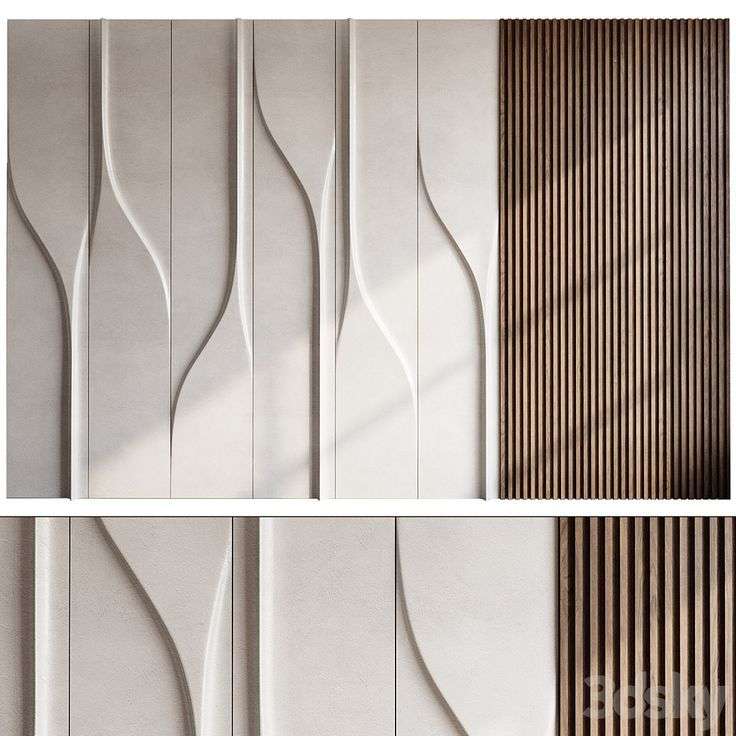In an age of mass production and fast design, traditional craftsmanship offers a refreshing sense of authenticity, detail, and soul. Modern interiors are increasingly embracing these time-honored techniques to add depth, texture, and human connection to contemporary spaces. By blending old-world artistry with new-age aesthetics, homeowners and designers are creating interiors that feel both current and timeless.

Wood Carving and Joinery
Hand-carved woodwork, from intricate floral motifs to minimalist geometric designs, brings warmth and craftsmanship to modern spaces. Whether it’s a custom headboard, decorative ceiling beam, or a detailed cabinet front, carved wood introduces a tactile richness. Techniques like mortise-and-tenon joinery or dovetailing, often used in traditional furniture-making, also offer both durability and beauty—turning simple furnishings into heirloom pieces.
Handwoven Textiles
Traditional weaving methods from across the world—such as Indian khadi, Moroccan kilims, or Peruvian wool—are being reintroduced into modern homes through rugs, cushions, throws, and wall hangings. These textiles carry cultural stories and artisanal techniques passed down through generations. When paired with sleek furniture or neutral palettes, they offer a beautiful contrast of old and new, pattern and minimalism.
Stone and Terracotta Artistry
Handcrafted stonework and terracotta tiles add earthy charm and natural texture to interiors. Whether used for flooring, backsplashes, or decorative inlays, these materials are not just visually stunning—they’re also long-lasting. Traditional techniques like inlay, hand-chiseling, or molding give each piece a unique, artisanal character that factory-made materials can’t replicate.
Metalwork and Hand-Forged Details
Blacksmithing and metal artistry continue to thrive in modern design through custom light fixtures, wrought iron stair railings, brass hardware, and handmade handles. These small yet impactful details give spaces a grounded, crafted feel. Artisans today blend ancient methods with contemporary designs—think clean-lined chandeliers made using old forging techniques or hammered brass sinks with a minimalist silhouette.
Pottery and Ceramics
Hand-thrown pottery and handcrafted ceramics are making a strong comeback in home decor. Vases, dinnerware, and decorative pieces shaped by skilled artisans bring individuality and organic beauty into interiors. With their imperfect shapes and earthy glazes, they add soul to sterile environments and serve as both functional items and art objects.
Traditional Techniques in Modern Layouts
Adapting traditional craftsmanship isn’t just about materials—it’s also about integrating historical construction techniques into modern layouts. For example, exposed timber framing from Japanese or Scandinavian design can be featured in contemporary open-plan homes. Tatami-style floor seating or built-in alcoves inspired by old world homes can serve modern purposes while preserving traditional logic and aesthetic.
Reviving Local Craft Cultures
Supporting local artisans and indigenous craft traditions is not only a design choice but also a cultural and ethical one. From hand-painted tiles in Rajasthan to bamboo weaving in Southeast Asia, collaborating with local craftspeople allows designers to create custom, meaningful pieces while preserving endangered skills. These elements, when placed in modern interiors, become talking points and cultural bridges.
A Dialogue Between Time Periods
What makes the blend of traditional craftsmanship and modern interiors successful is balance. Pairing a hand-carved mirror with a sleek marble sink, or placing a woven tribal rug in a minimalistic living room, creates visual contrast that’s dynamic and harmonious. It’s a way of telling stories—honoring history without sacrificing innovation.



